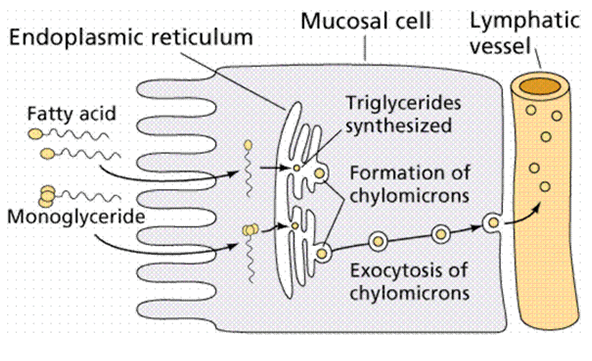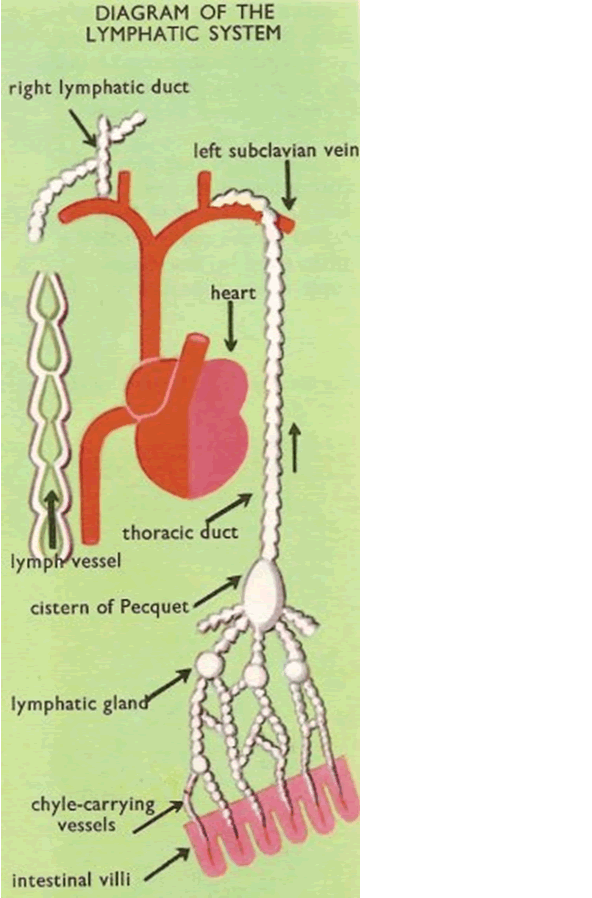The absorptive cells, or enterocytes, lining your small intestine create a barrier between your gut and your bloodstream. To reach the cells throughout your body, amino acids must travel from your gut, following digestion to your blood, and your enterocytes accomplish this with the help of transporter molecules. These transporters are specific for individual amino acids depending on the chemistry of their R-groups. With the help of sodium, the transporter reaches through the cell membrane on the side of the enterocyte adjacent to your gut and grabs a single amino acid. It pulls it inside the enterocyte and release it, where a different transporter – this one not dependent on sodium – picks it up and carries it to the side of the cell next to your bloodstream. Here it deposits the amino acid into capillaries that enter into your general circulation. |

